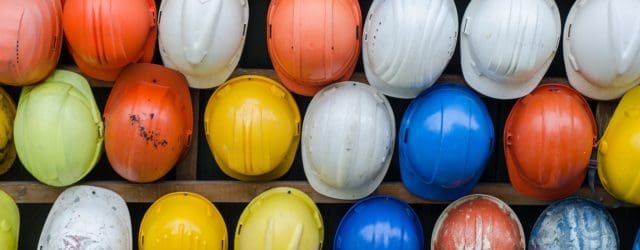The Building Safety Regulator’s Plan for Change
December 2023The Building Safety Regulator (BSR) has published its 3-year strategic Plan. The three year plan, sets out how the BSR will carry out building safety functions between 2023 and 2026. The plan describes what work the BSR will deliver, how they will deliver this, and what they aim to achieve.
The BSR will focus on 4 main targets: delivering consistent standards within the building control profession; overseeing improvements across the built environment; regulating planning, design, and construction of new HRBs; and ensuring those responsible for HRBs manage risk.
- Delivering Consistent Standards
The BSR will establish building control as a regulated profession. The aim will be to ensure that all building control bodies and professionals operate to consistently high standards. Through improving the competence and capabilities amongst those working in the built environment, the BSR will aim to improve the regulation of building work and restore public trust in the profession.
The common standard of competence, provided by the Building Inspector Competence Framework, will provide the first universal standard for development and assessment of building inspectors. The BSR will work with third parties to develop schemes to assess professionals. Assessment by one of the available schemes will be a prerequisite of registration.
Operational Standards Rules (OSRs) will allow the BSR to monitor effective delivery of building control functions. The BSR will undertake property inspections to ensure compliance with the OSR.
- Overseeing Improvements
The BSR will support the building profession in being responsible for sustained and meaningful change by being proactive in identifying and assessing risk. Central to this will be collaboration with the Building Advisory Committee.
The BSR will provide expert advice, technical and competence standards, and leadership for those working in the built environment. In order to keep up to date, the BSR will regularly review the guidance that it provides. The aim of the BSR will be to promote a forward-thinking and outcomes-based profession, which will monitor and drive performance to ensure best practice. As a part of this, the BSR will publish and maintain mandatory technical competencies, and will conduct ongoing reviews into the conditions of authorisation.
- Regulating Planning, Design and Construction
The BSR will ensure that fire safety is incorporated into the planning of new HRBs. Central to this is the planning gateway one, which requires a developer to submit a fire statement setting out fire safety considerations specific to the development at the start of design. The BSR will work with clients, designers and contractors to ensure they have systems in place to plan, manage and monitor design work. They will have the authority to reject applications if they fail to meet the building regulations.
HRB Duty holders need to obtain building control approval before commencing building work, before significant changes are made during construction, and when building work is completed. The BSR will act when functional requirements of the building regulations are not being met.
- Ensuring management of risk
The BSR will ensure that the Accountable Person (AP) identifies the safety risks of fire spread and structural failure. An AP will be required to put in place proportionate measures to combat these risks. The BSR has set out a timescale to assess all existing occupied HRBs, together with new buildings that come into the HRB scope, within five years. Priority will be based on height, number of dwellings, and any outstanding fire safety and structural concerns.
APs will be required to make Mandatory Occurrence Reports (MORs) to the BSR. MORs will detail any structural and fire safety occurrences which meet a risk condition (has the potential for a significant number of fatalities or serious injury). It is a criminal offence for a duty holder to not make a MOR when legally required.
Conclusion
The BSR’s 3-year strategic plan intends to improve safety and standards; to ensure that HRB residents are and feel safe; and to restore public trust. The BSR will provide clear communication and meaningful engagement, by acting as a proportionate and effective regulator, by being flexible, adaptive and responsive, and by working in partnership with co-regulators.
Throughout the three years, the BSR will monitor and evaluate its work in order to ensure that it is meeting its targets. Particular focus will be on whether the BSR’s activities are driving the desired cultural change amongst those working in the built environment. Central to this change is promoting greater responsibility amongst those working in the built environment to promote safe and regulatory compliant practice.
Although the intention for consistency is a positive aim, the other commitments suggest the BSR may take a fairly firm approach to it’s role and to improving safety generally. Those working in the construction industry will need to take care to comply with the new regulatory regime and take into account any delay or disruption caused by the BSR in fees, project programmes and contract terms.
Download PDF










